All products featured are independently chosen by us. However, SoundGuys may receive a commission on orders placed through its retail links. See our ethics statement.
Google Nest Audio 2 wishlist: All the features I want to see
Published onApril 2, 2025
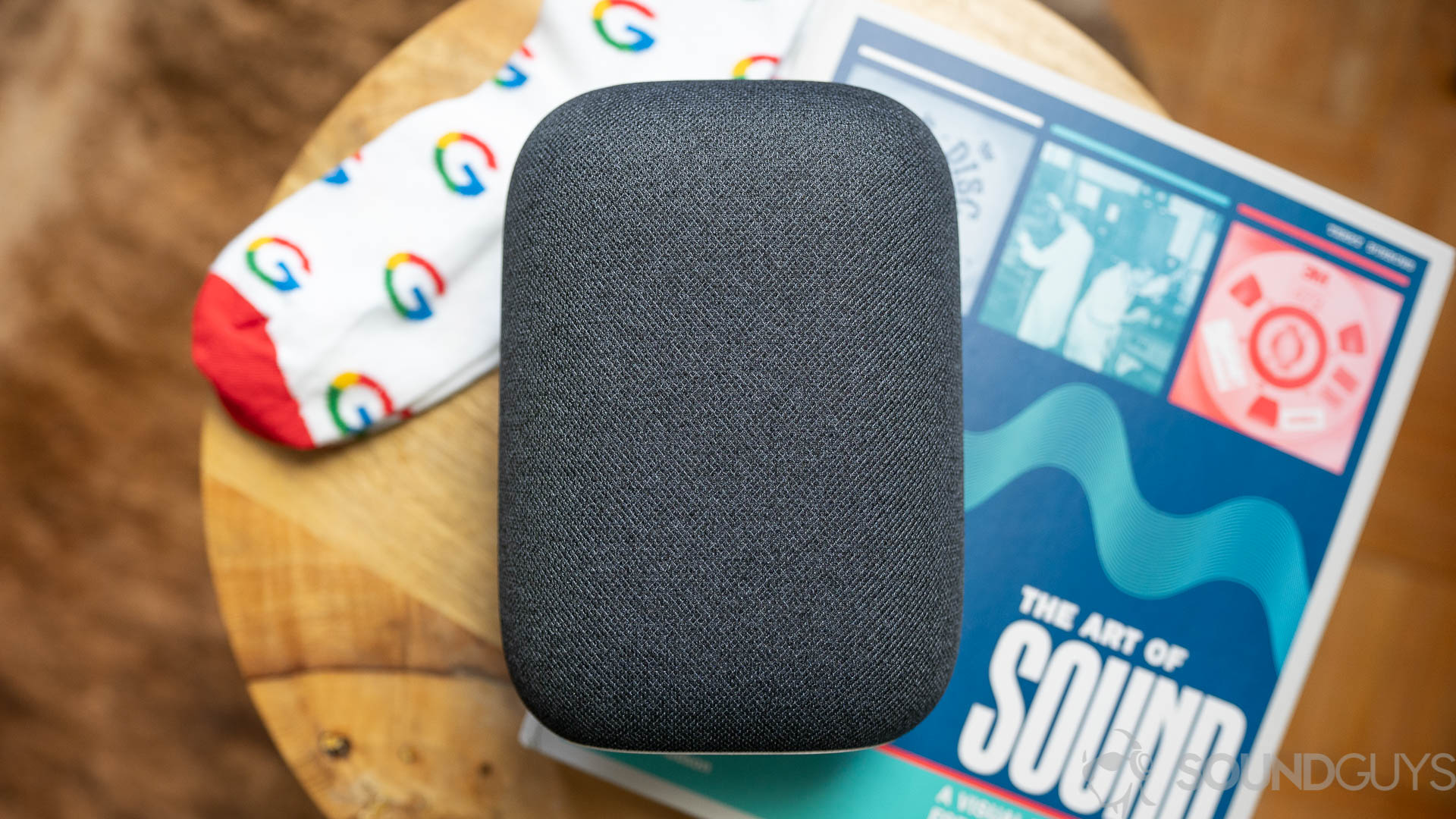
In addition to producing some of the best work-orientated smartphones on the market, Google adds another string to its bow with its Bluetooth speaker line. The Google Nest Audio is the company’s flagship smart speaker and replaces the Google Home’s air freshener design with a pillow-like unibody build. Under the hood, the speaker works seamlessly with other Google Nest or Google Home products. It also supports multiroom and stereo playback, Google Assistant, and Chromecast integration. With that in mind, it is little wonder fans are chomping at the bit for the Google Nest Audio 2.
However, Google can’t stay complacent when Amazon continually updates its Echo lineup. Furthermore, Apple looks set to bring out new HomePods soon. With stiff competition from major competitors, can Google’s next-gen smart speaker live up to expectations? Here is everything I want to see in the Google Nest Audio 2.
An aux input
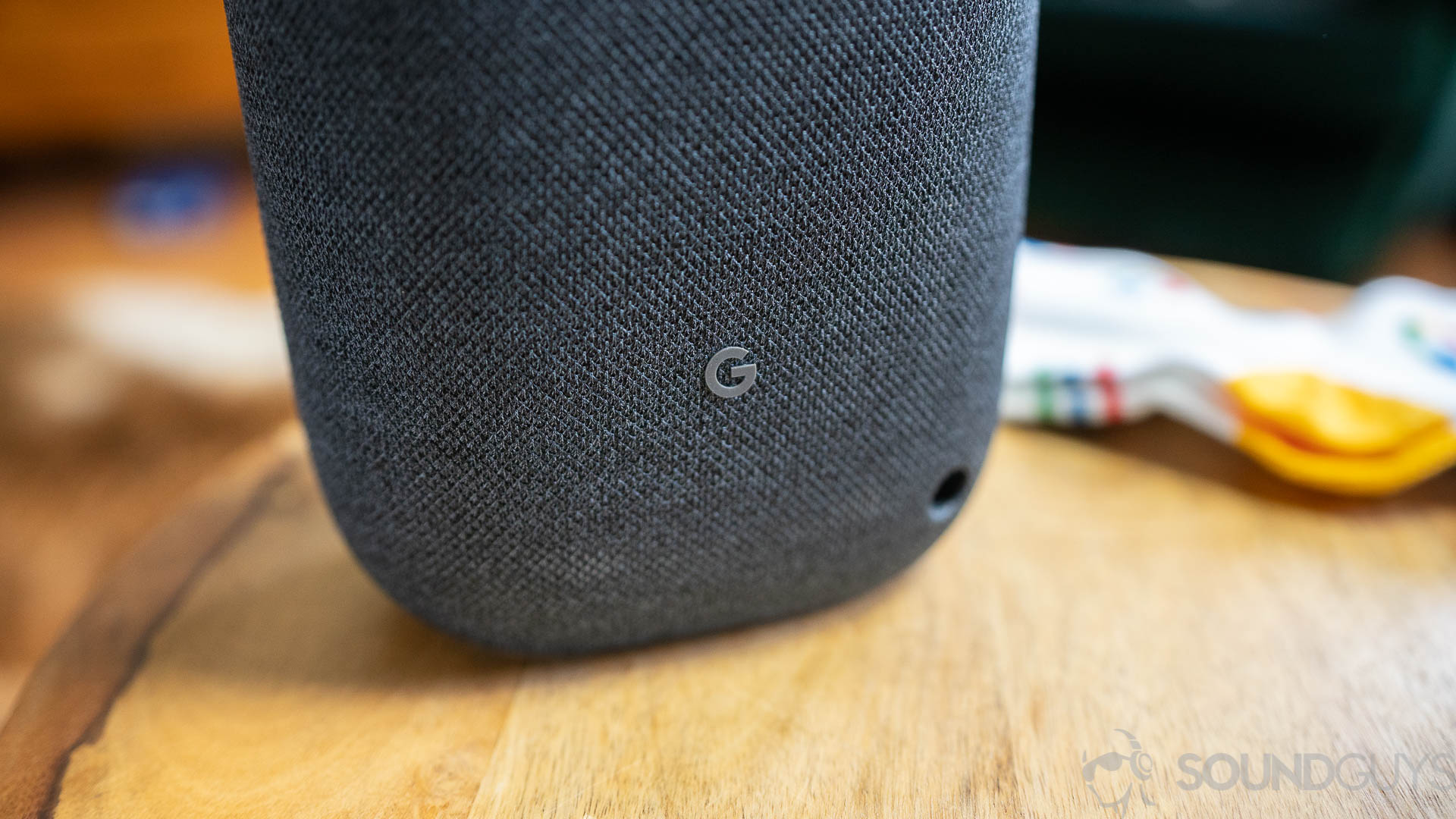
To many music fans’ frustration, smartphone manufacturers have been axing the headphone jack for some time. Google is no different, having removed the 3.5mm port from every model since the Pixel 5a. However, there are still many smartphones that support wired connectivity. Even Google’s latest phones like the Pixel 9a can be used with a USB-C to 3.5mm adapter. Unfortunately, the company has not included a headphone jack adapter out of the box since the Pixel 4. Instead, fans must purchase a dedicated Google USB-C to 3.5mm adapter from the company’s website.
Wired connectivity provides superior audio quality, lower latency, and a more stable connection than wireless. However, the original Google Nest Audio only supports wireless connections via the SBC and AAC Bluetooth codecs. The former provides up to 320kbps, 48kHz/ 16-bit audio sampling, and is prone to significant data loss. The latter often performs better with iOS devices and supports up to 250kbps, 44.1kHz/ 16-bit audio sampling. The Google Nest Audio 2 will play nicer with music fans and a broader list of devices if it includes a 3.5mm aux port at launch.
Less sensitive touch controls
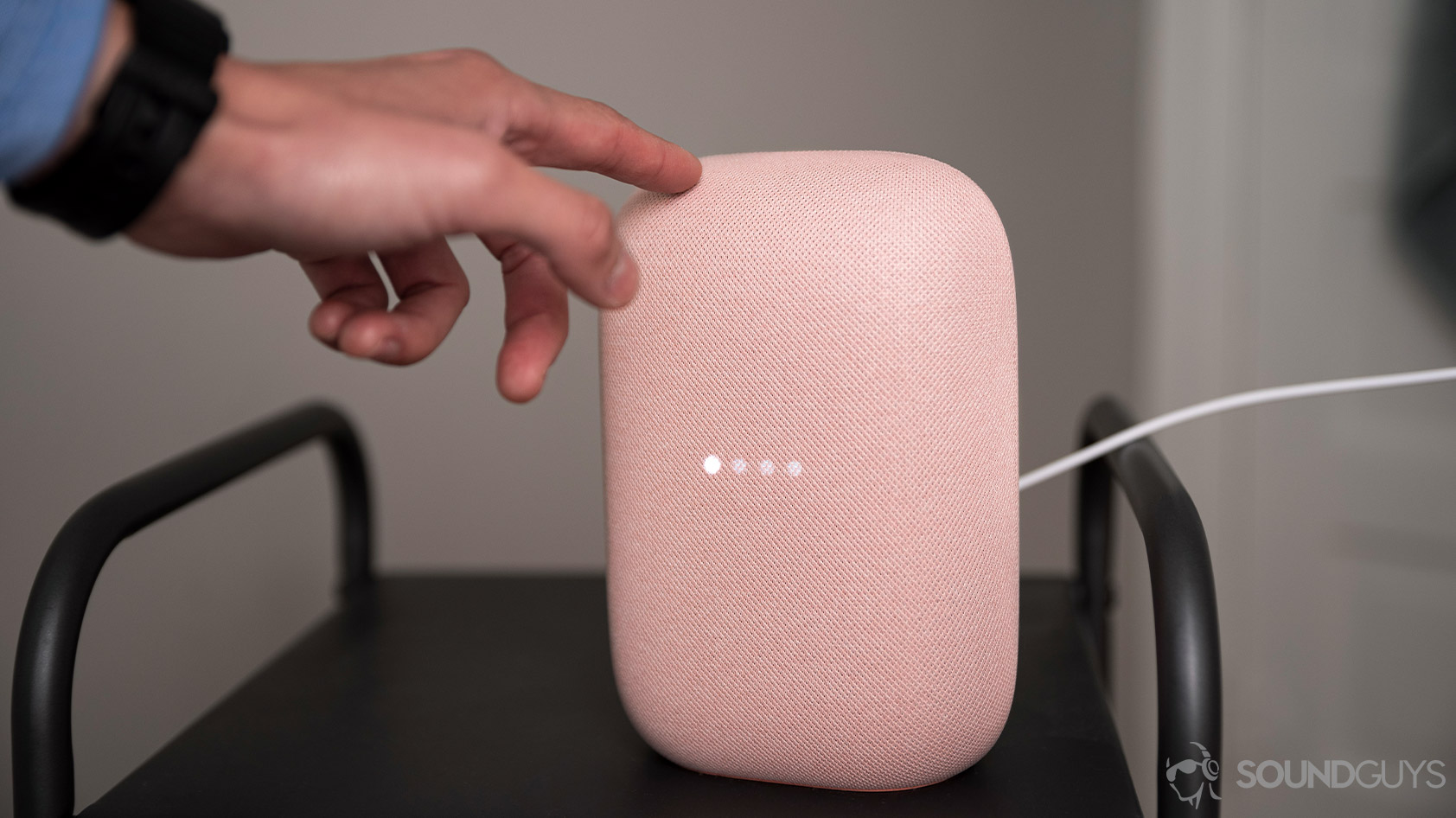
Smart speakers come in all manner of shapes and sizes. For example, the Bose Portable Smart Speaker features a carrying handle and adorns buttons along the top side of the speaker. These control power, Bluetooth pairing, volume up/down, play/pause, mic mute, and “action.” All the buttons are concave circles and are indistinguishable from each other. The only exception is the power button, which features a small nub. While the controls feel pleasing, they may be less suitable for visually impaired users.
Unlike the Bose Portable Smart Speaker, the Google Nest Audio features three invisible and segmented touch-sensitive panels. The outer panels control the volume level, while the center control lets you toggle music playback. The speaker also features four centered LEDs that illuminate when you activate Google Assistant, Bluetooth pairing mode, and take calls. When muting the microphone, the four LEDs turn amber until you override the command with another function. While the speaker controls are handy, they are overly sensitive. This can cause accidental volume adjustments and pausing. The Google Nest Audio 2 would benefit from less sensitive touch controls.
Better sub-bass reproduction and room tuning
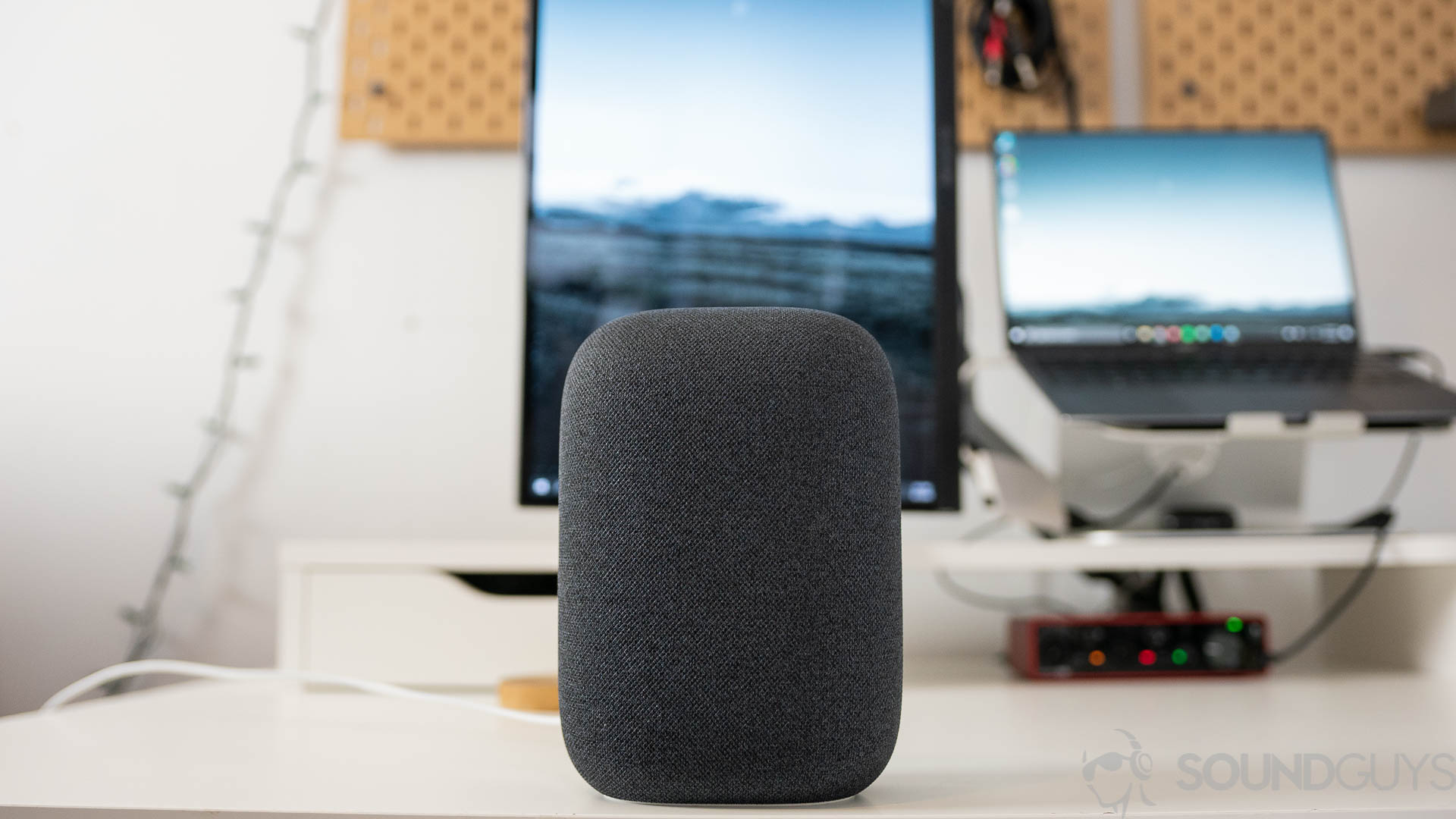
The sound quality of portable wireless speakers is constantly improving. You also do not have to spend vast quantities of money to receive good-sounding audio. Budget Bluetooth speakers, like the Ultimate Ears WONDERBOOM 3, reproduce excellent sound for under $100. That said, some speakers fare better than others. Unlike its closest rivals like Amazon, Google’s Nest Audio falls foul of having a quieter output volume. It also has substantially quieter sub-bass reproduction compared to other smart home speakers. While it may seem obvious, I hope the Google Nest Audio 2 will feature improved sound quality and louder sub-bass output.
Regarding room tuning, the original Nest Audio does this to some extent. However, it is less qualified than rival speakers like Sonos’ catalog and the Apple HomePod Mini. The speaker’s “Media EQ” is handy for adjusting the output to suit your listening content, while “Ambient IQ” tweaks the output volume based on the amount of background noise. However, the lack of feedback control creates a less-than-ideal listening experience in certain situations. Allowing the Google Nest Audio 2 to tune to room acoustics in real time would reproduce more precise and pleasing music.
Improved custom EQ
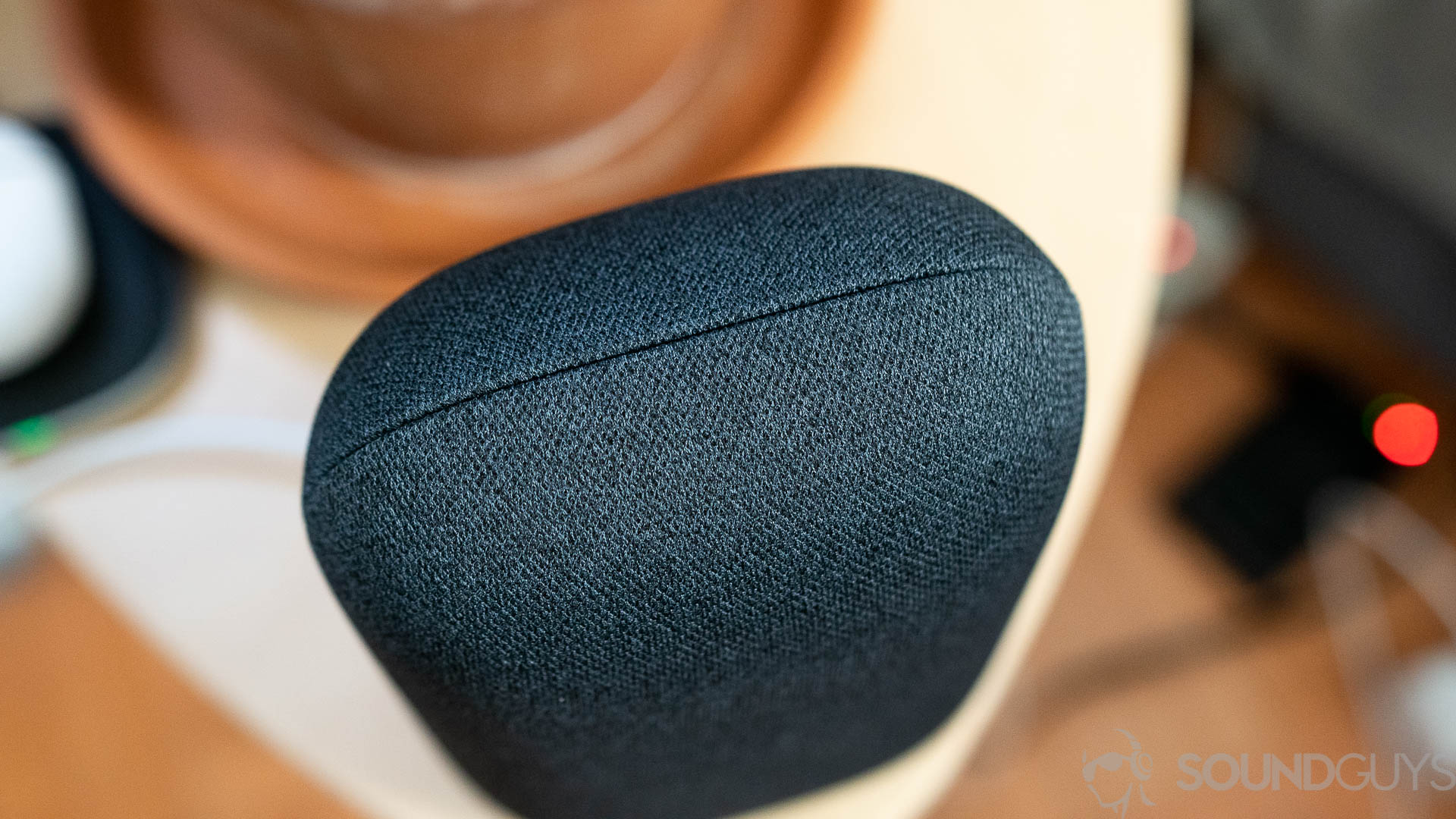
As mentioned, the Google Nest Audio smart speaker owns two built-in EQ features. “Media EQ” is responsible for dynamically changing the sound depending on the type of media you are streaming. Its real-world application means that Google’s Nest Audio uses different tuning for music streaming and Google Assistant. “Ambient IQ” differs from Media EQ and automatically adjusts the speaker’s output volume according to your environment. However, this feature is limited to spoken word content like podcasts and audiobooks. It also requires the speaker’s microphone to be enabled, which may not be everyone’s cup of tea.
If you are not fond of automatic EQs, Google does provide an equalizer in the Google Home app. Unfortunately, the EQ is incredibly basic, profiting only “less” and “more” adjustments for the bass and treble. Those seeking a more versatile equalizer are best off downloading a third-party EQ app. However, this adds an extra layer of inconvenience to the user experience. The Google Nest Audio 2 would feel more premium by including a more versatile custom EQ at launch.
Environmental sensors
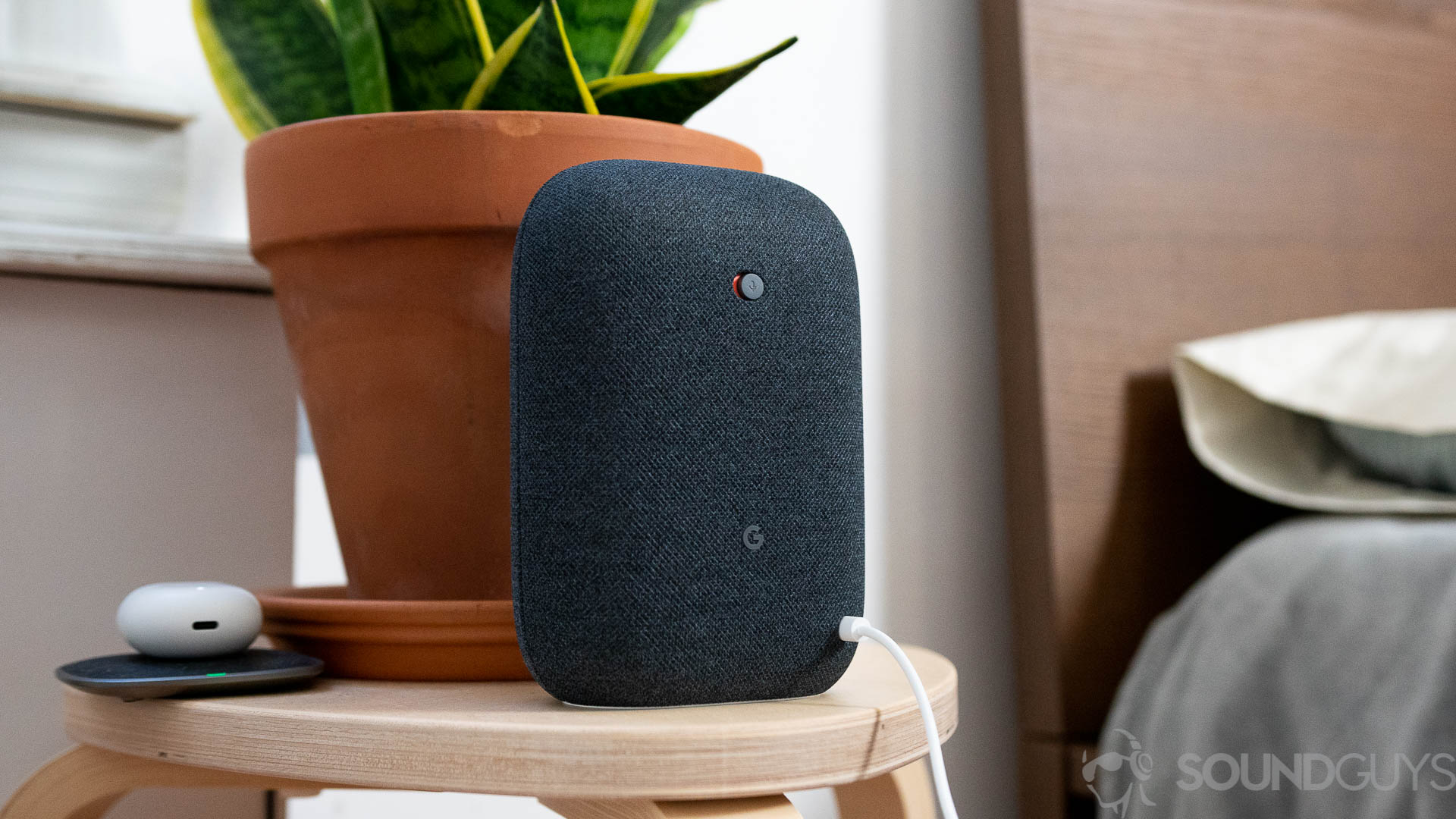
Smart speakers have gotten smarter over the years. They can be used with voice assistants to search the web and often come bundled with advanced environmental features. For example, the Amazon Echo (4th Gen) comes equipped with temperature and motion sensors that can be used in Alexa automation routines. These can automatically activate fans when the temperature rises or switch lights on when detecting motion.
Google recently mentioned partnering with First Alert in place of its Nest Protect feature. While this may influence Nest Aware plans, we should still see motion detection integrated into future Nest speakers. For example, Aware subscribers already receive alerts if a speaker hears alarms or the sound of breaking glass. Google could take this functionality further with the Nest Audio 2, including sending alerts when a baby cries. As with Amazon’s Alex Guard, some of these features should be available outside of a subscription if Google wants to remain competitive.
What would you like to see Google bring to the Google Nest Audio 2?
Will there be a Google Nest Audio 2?
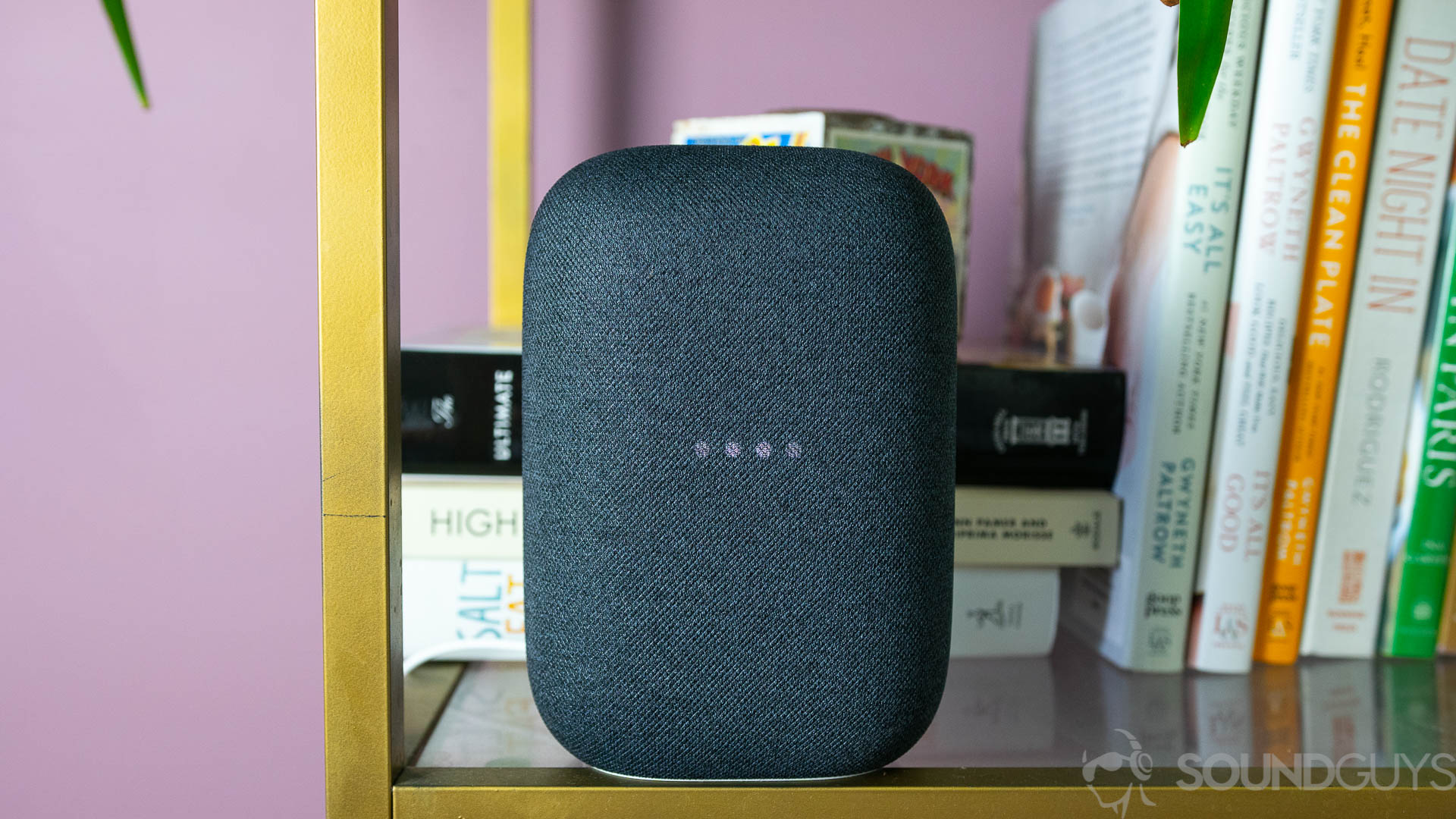
Google remains one of the largest multi-faceted technology companies in the world. In addition to dominating the search engine market, the company is a leading player in developing work-orientated audio devices. For example, the Google Pixel Buds Pro 2 launched on September 26, 2024, bringing good noise canceling and Google Assistant integration. The company’s cheaper alternative, the Google Pixel Buds A-Series, offer seamless Android integration for the productivity-minded.
Google has not announced the Nest Audio 2 yet. However, a Google community manager posted a thread on the Google Nest Community telling readers to “expect even more helpful home devices in the coming months and years”. While this does not directly acknowledge the Nest Audio 2, Kyle Bradshaw of 9to5Google uncovered a new device in the Google Home app (version 3.16) last year. Perhaps unsurprisingly, this device is named “Nest Audio” in the code, just like its 2020 predecessor. Bradshaw also discovered another device in the code labeled “Nest Hub Max” alongside the previous 2019 model. Closer inspection revealed that the upcoming device will use the same Google Assistant smart display software as all previous Nest Hubs. This makes it likely that Google’s next-gen Nest speakers will use Google’s Fuchsia OS instead of Android.
- Google Nest Mini — October 22, 2019
- Google Nest Audio — October 5, 2020
According to Bradshaw, there were signs of a new Nest speaker in the fall of 2023. Notably, the product appeared to feature ultra-wideband connectivity, similar to the Google Pixel Tablet. Unfortunately, development seemed to come to a grinding halt last summer, with Google contemplating whether to ditch its Fuchsia operating system on the device. It is unclear at this stage whether Google’s next-gen Nest Audio speaker will be a renewal of earlier hardware or an entirely new project category.
Nevertheless, Google favors updating its Nest product category in the fall. For example, the Google Nest Mini came to market on October 22, 2019. The Google Nest Audio followed just 11 months and 13 days later on October 5, 2020. Judging by that metric, we should have seen the Google Nest Audio 2 come to fruition during 2021 or 2022. While that didn’t happen, it has been over four years since the Google Nest Audio came to market. We should see an upgrade soon, provided Google remains invested in its smart home category.
Should you wait for the Google Nest Audio 2?
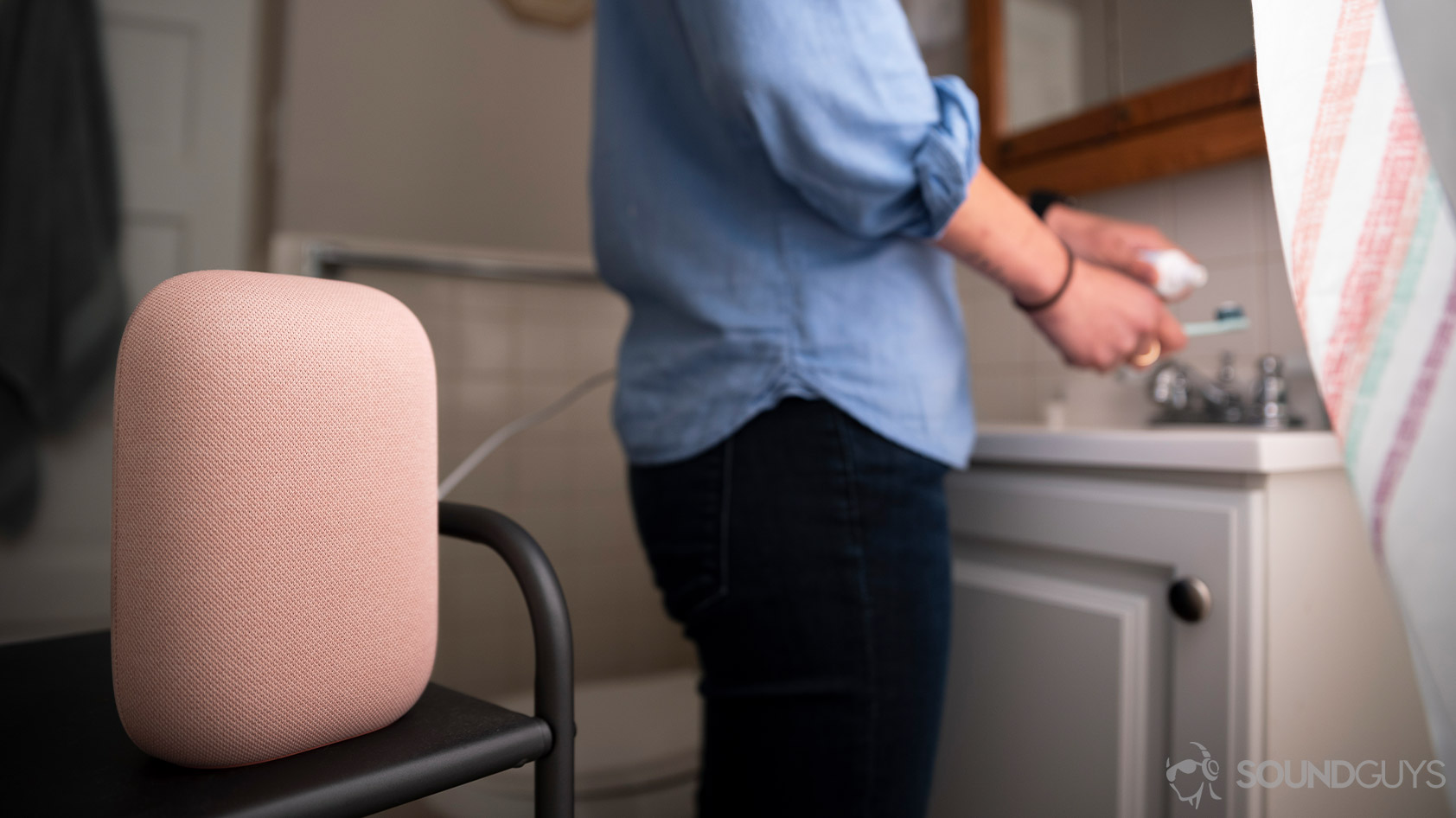
The original Google Nest Audio is excellent for the minimalists among us and remains on sale from the company’s website and most major retailers including Amazon and Best Buy. Given it is a perfect choice for dipping your toes into smart home systems, it is fair to question whether the next-gen upgrade is worth it.
The Google Nest Audio ($99.99 at Best Buy) has a playful design and ships in attractive colorways including Charcoal, Chalk, Sage, Sand, and Sky. Those less familiar with Google Assistant can enjoy the speaker’s simple operation without investing much time and money. However, avid Google fans benefit from integrated Chromecast, Google’s music service support, and the ability to broadcast to your Nest Audio when away from home. Those running multiple Google Nest and Google Home products can utilize multiroom and stereo playback. The speaker can also be used hands-free to conduct calls, set reminders, ask questions, and more.
Those willing to search for a more premium experience should consider the now-discontinued Sonos One (Gen 2) ($219 at Amazon). With a heftier price tag than most of the competition, this speaker comes equipped with built-in Google Assistant and Amazon Alexa. It also integrates Apple Music, Pandora, Spotify, and YouTube into the device and features excellent sound quality. The speaker is sleek and features a humidity-resistant build, although it is not waterproof and has no IP rating. The Sonos One (Gen 2) connects via WiFi and even adorns an ethernet port on the back panel. Downloading the comprehensive Sonos app is vital for setting the speaker up. However, it also controls equalization, Sonos Radio, and toggling between rooms your speaker is associated with. Creating a multi-room system is a cinch and the speaker owns an advanced microphone system for taking calls.
Amazon fans are best off purchasing the Amazon Echo (4th Gen) ($99 at Amazon). Those already invested in the ecosystem will enjoy seamless integration with Ring or Zigbee-compatible devices. Amazon also brought integrated ZigBee Hub to the Echo (4th Gen) to consolidate all your smart home devices. However, the biggest positive of the Amazon Echo (4th Gen) vs the Google Nest Audio is that the former supports wired audio alongside Bluetooth and Wi-Fi streaming. Bassheads will also appreciate the comparatively strong bass response, as the woofer and tweeters are nearly identical in size. The Echo (4th Gen) wears a compact sphere design with four buttons built into the speaker’s top for audio playback, microphone mute, and volume controls. The built-in microphone produces excellent sound quality and is proficient at picking up the wake word. However, the speaker’s rounded design may not be for everyone.
iPhone owners are served best by the Apple HomePod Mini ($99.99 at Best Buy.) Measuring just 84.3 x 97.9 mm, the HomePod Mini is noticeably smaller than the Google Nest Audio. However, it comes packed with handy features including good sound quality, intercom capabilities, and Apple’s Handoff functionality. The speaker is especially adept at recognizing up to six unique voices, and the microphone reliably hears the wake phrase. Like the Google Nest Audio, the HomePod Mini connects via your Wi-Fi network. Unfortunately, the speaker’s Bluetooth utility is reserved solely for Apple AirPlay and Handoff. If Bluetooth connectivity is vital to you, you are best off sticking with Google’s smart speaker. Nevertheless, while most controls come from your voice, like commanding Siri, you can tap the touchpad for basic playback and volume adjustment. The HomePod Mini is as smart as the Nest Audio, provided you have an iPhone or other Apple hardware.
Google Nest Audio 2 FAQs
There has been no official confirmation from Google about the Nest Audio 2. There was also no mention of the company’s next-gen speaker at the Google I/O 2024 developer conference. However, a Google community manager posted to the Google Nest Community telling readers to “expect even more helpful home devices in the coming months and years”. This could align with 9to5Google’s Kyle Bradshaw’s discovery of a new device in the Google Home app (version 3.16) called “Nest Audio.”
There has been no official confirmation from Google about a new Nest Audio smart speaker. However, I fully expect the Google Nest Audio 2 to launch soon.
There is no better smart speaker companion for those invested in the Google ecosystem than the Nest Audio. This speaker brings seamless Google Nest and Google Home integration, multiroom and stereo playback, Google Assistant, and Chromecast.
The Google Nest Hub (2nd generation) was released on March 30, 2021.